Native American Medicine: Bloodroot
Author: Ingrid Naiman
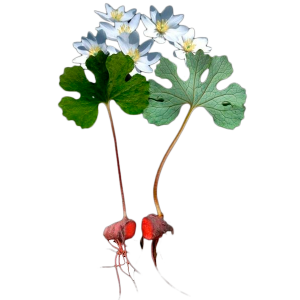
Botanical Name: Sanguinaria canadensis
Habitat: Eastern North America from the Carolinas up into Canada
Common names: Bloodroot, red puccoon
Other Names:
Plant History
The medicinal uses of bloodroot were learned from Native Americans living in the region of Lake Superior . . . as well as the Cherokee further to the south although the Cherokee tended on the whole to prefer goldenseal. Both plants were called puccoon, red puccoon and yellow puccoon. Both are strong herbs with significant alkaloids that have been shown to be extremely effective in treating a wide range of conditions.
Habitat and Description

This plant is indigenous to the Eastern region of the United States and Canada. It was used by Native Americans for
Parts of the Plant that are Used
 Bloodroot was prized for its root sap, an interesting exudate that remarkably resembles blood. The roots, usually used fresh, are made into washes, poultices, snuffs, dental powders, and escharotic salves, called red salve by Hoxsey, fixative paste by
Bloodroot was prized for its root sap, an interesting exudate that remarkably resembles blood. The roots, usually used fresh, are made into washes, poultices, snuffs, dental powders, and escharotic salves, called red salve by Hoxsey, fixative paste by
Plant Chemicals
Sanguinarine is the most interesting of the bloodroot constituents. It is an approved ingredient in some dental products as plaque inhibitor. Homeopathically, it is used to alleviate migraine headaches. Other alkaloids found in the root include chelerythrine,
Bloodroot Actions
Plant Uses
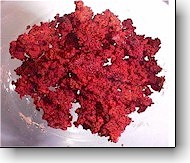 Bloodroot has significant anti-infective properties, so much so that it has been used in gangrenous situations in lieu of amputation. It has also traditionally been used on warts, fungoid
Bloodroot has significant anti-infective properties, so much so that it has been used in gangrenous situations in lieu of amputation. It has also traditionally been used on warts, fungoid
Bloodroot from a Clinical Perspective
That’s the metaphysical side. There is also a clinical side. Bloodroot is a systemic treatment. In all my years with herbs, I have never seen any herb absorbed so fast into the blood stream as bloodroot. Some people become nauseous after rubbing just a little tincture of bloodroot on the arches of their feet.
Bloodroot has been researched and determined to be a potent anticancer agent. Besides the laboratory tests, tens of thousands of people have been treated by lay practitioners as well as medical doctors for at least the last 150 years. Of these, roughly 80% experienced remission of malignancy and longer life expectancies than people with similar conditions who chose different treatments.
Still, it is always a matter of individual choice and for the 20% whose conditions were not ameliorated by bloodroot, it has to be said that the treatment is challenging and these people have every right to ask whether their efforts were warranted. Moreover, we never know before trying who will respond in the desired way and who will have to turn to some other treatment for relief.
Traditional Remedy
Harvesting
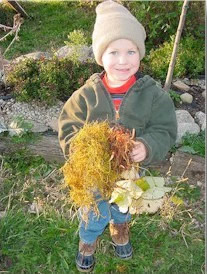
Tyler, age three, began his herb initiation young by helping to plant and to harvest medicinal herbs. He is shown here holding goldenseal as well as a little bloodroot.
Contraindications
Bloodroot, fresh or dry, can be irritating to the nasal passages and skin. The plant is a potent medicinal herb and should not be used without proper understanding and guidance. Long-term use is not advisable, and pregnant women should only consider use if advised and guided by an experienced health care professional.
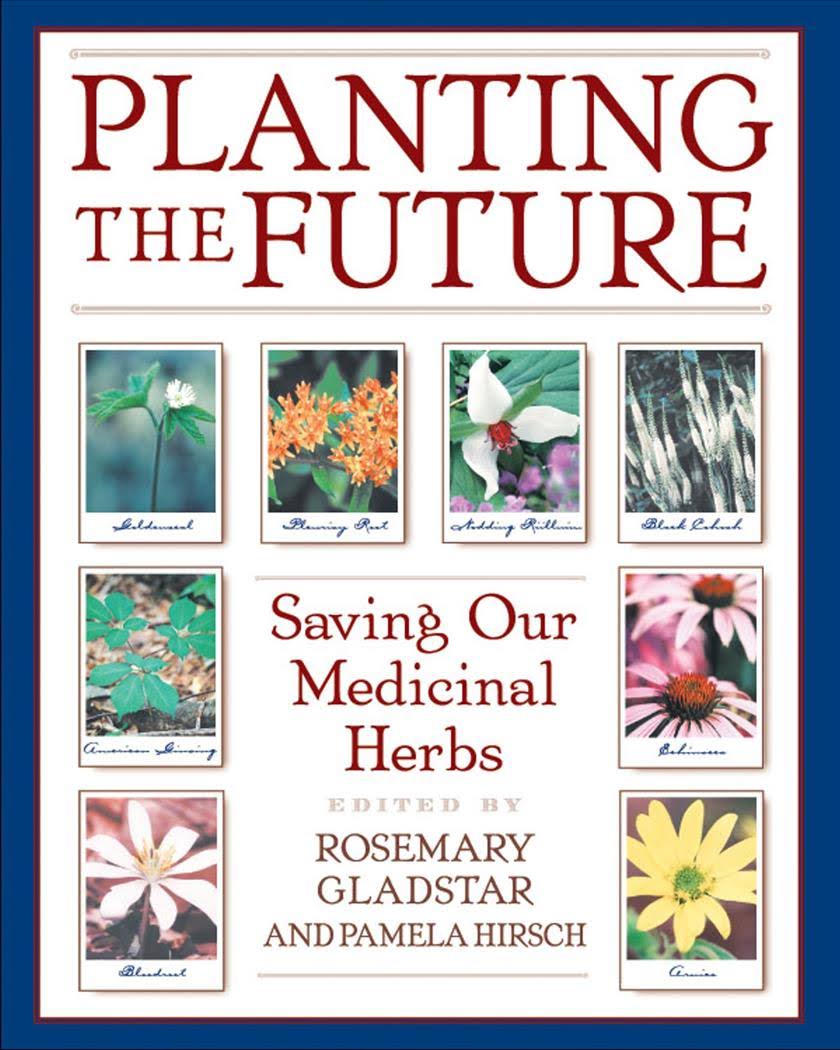
While the renaissance in the U.S. botanical market is positive in many respects, medicinal plant populations are suffering from loss of habitat and overharvesting, and many bestselling herbs are now at risk including echinacea, American ginseng, goldenseal, Hawaiian wild kava, and wild yam.
For others who want to grow goldenseal, read this book (available from Sacred Medicine Sanctuary) on Planting the Future, edited by Rosemary Gladstar.
$24.00
Seeds and rhizomes can be obtained from:
Native Medicinal Roots and Botanicals
Rod Angeroth, Owner
P.O. Box 877
Stanton, NE 68779
402-439-5256
Email
Order form
Strictly Medicinal Seeds LLC
P.O. Box 69
Williams, Oregon 97544
541-846-6704
Bloodroot Flower
Dreamstime ID 57403917
© Kyle Horner
Bloodroot Budding Flowers
Dreamstime ID 67928401
© Amber Estabrooks
Goldenseal Rootstock
Dreamstime ID 41287118
© Dawngoss
Tyler
Many experts throughout history have regarded cancer salves and pastes as the most thorough, safe, and efficacious way to treat cancer, especially skin and breast cancers but also cancers of other organs. In this book, Ingrid Naiman meticulously traces the use of such products in ancient India and by Hildegard of Bingen, Native Americans, and modern physicians. She provides detailed instructions for making and using the salves, a fair comparison of the pros and cons, and eight pages of color pictures showing responses to the products. Visit her Cancer Salves site for more information, answers to frequently asked questions, and a checklist for people facing cancer.
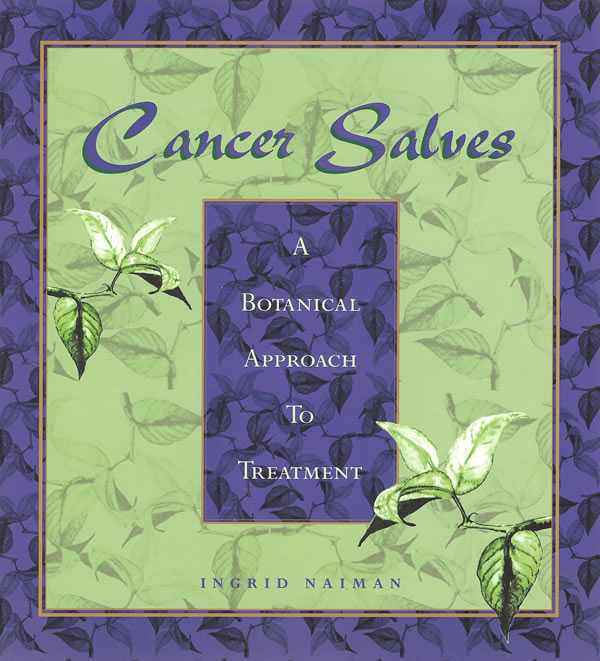
Cancer Plants
Donations
Your donations are greatly appreciated.
Information
Newsletter
To be notified of new posts to this site, please subscribe, using the link button below. You can cancel your subscription at any time you choose.
Copyright by Dr. Ingrid Naiman 2003 and 2018
All Rights Reserved || Institute for Invisible Epidemics
